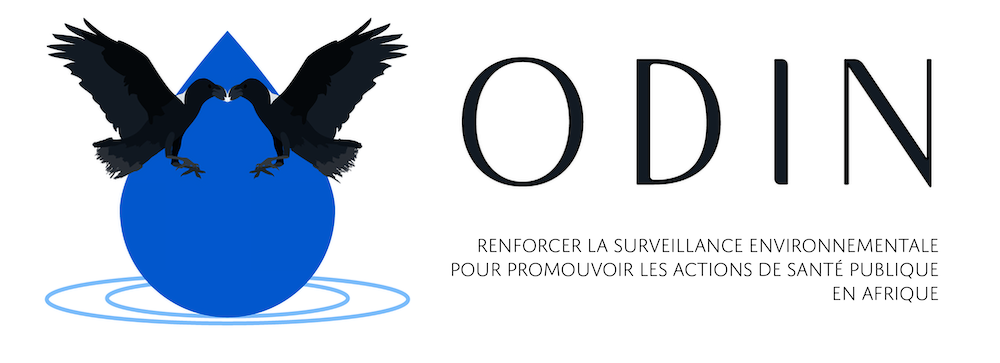
 The project's acronym is inspired by the Norse god Odin who, according to mythology, sacrificed an eye to achieve a higher level of wisdom. Thanks to this sacrifice and his ravens Hugin and Munin, he was endowed with the ability of omniscient perception. This project starts from a framework where the focus has been on individual pathogens (e.g., narrow scope) as well as individual measurements (e.g., patients), to build an inexpensive system , robust, easy to maintain, but which has the ability, like Odin and his crows, to detect “everything”. Raw data will be put through several adjustable analytical processes to create easily understandable reports for key stakeholders so they can make quick, informed decisions.
The project's acronym is inspired by the Norse god Odin who, according to mythology, sacrificed an eye to achieve a higher level of wisdom. Thanks to this sacrifice and his ravens Hugin and Munin, he was endowed with the ability of omniscient perception. This project starts from a framework where the focus has been on individual pathogens (e.g., narrow scope) as well as individual measurements (e.g., patients), to build an inexpensive system , robust, easy to maintain, but which has the ability, like Odin and his crows, to detect “everything”. Raw data will be put through several adjustable analytical processes to create easily understandable reports for key stakeholders so they can make quick, informed decisions.
The ODIN project will build capacity in genomics and bioinformatics, as well as database management skills for the creation, maintenance and research of large datasets in sub-Saharan countries. Additionally, the project will develop a genomic surveillance system based on environmental monitoring of major communicable disease agents in community wastewater and other environmental samples (wells, rivers, soils). In an anonymous, timely, and socially and ethically acceptable manner, environmental monitoring makes it possible to detect outbreaks of pathogens linked to poverty, water-borne diseases and antimicrobial resistance (AMR), as well as the means to transmit this information to key stakeholders for effective implementation of the data for well-informed public health strategies. By bringing together a multidisciplinary team of leading experts and organizations in the fields of communicable disease epidemiology, microbiology, bioinformatics, water technology and environmental sciences , ODIN will provide an optimal environment for research, development, capacity building and implementation that will help establish a sustainable model for how genomic surveillance systems can be applied in sub-Saharan conditions and support the supply of drinking water and sanitation.
Our goals:
|
Establish an environmental monitoring system for a set of selected human pathogens and AMR determinants, to be piloted and used in sub-Saharan local communities, with a view to supporting SDG 3. (LT2). |
Develop a mobile wastewater and clean water monitoring system to effectively and timely detect, collect data and report outbreaks in remote areas of participating countries, thereby contributing to rapid response. (LT3) |
|
Accelerate the processing and analysis of raw data through interactive semi-automation, thereby accelerating the transfer of threat intelligence. (LT4) . |
Establish a training program to improve capacity building that involves genome sequencing of environmental samples and subsequent bioinformatics processing of the produced genomic data containing spatial and temporal trends in the occurrence of human pathogens in sub- saharans. (LT6). |
|
Develop standards to support genomic data sharing practices, including across national borders, for public health measures. (LT7) |
Strengthen health systems with processes to transfer generated data to key stakeholders (clinics, governments, policy makers, etc.) to take effective and timely action in the event of outbreaks or detection of contaminated water. (LT4, LT6, LT7) |
|
Study, from an epidemiological and bacteriological point of view, the role of different Vibrio species in the appearance of cholera. (LT5) . |
Reduce annual cases of illness and death due to consumption of water from contaminated sources by raising awareness and providing protocols for effective water and sanitation interventions, supporting the SDG 6 (LT5) |
Meet the dedicated team behind the project:
 |
 |
 |
Trudie Lang |
Paul Kingpriest |
Bonnie Baker |
 |
 |
 |
Sainabou Laye Ndure |
Bart Mesuere |
Lennart Martens |
 |
 |
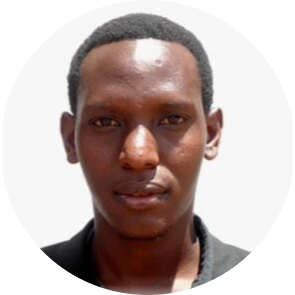 |
Tarja Pitkänen |
Rolf Lood |
Vito Baraka |
 |
 |
 |
Adriana Krolicka |
Ananda Tiwari |
Taru Miller |
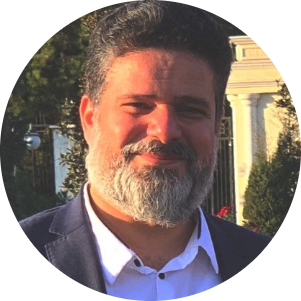 |
 |
 |
Haider Al Hello |
Kati Raisänen |
Tor Langeland |
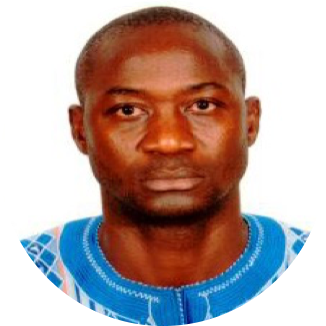 |
 |
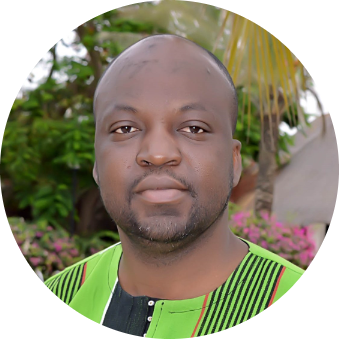 |
Küssome Paulin SOMDA H |
Marc C. Tahita |
Bérenger KABORE |
 |
 |
 |
Andrea Bagi |
Maria João |
Vivi Maketa |
 |
Tam Tran |
